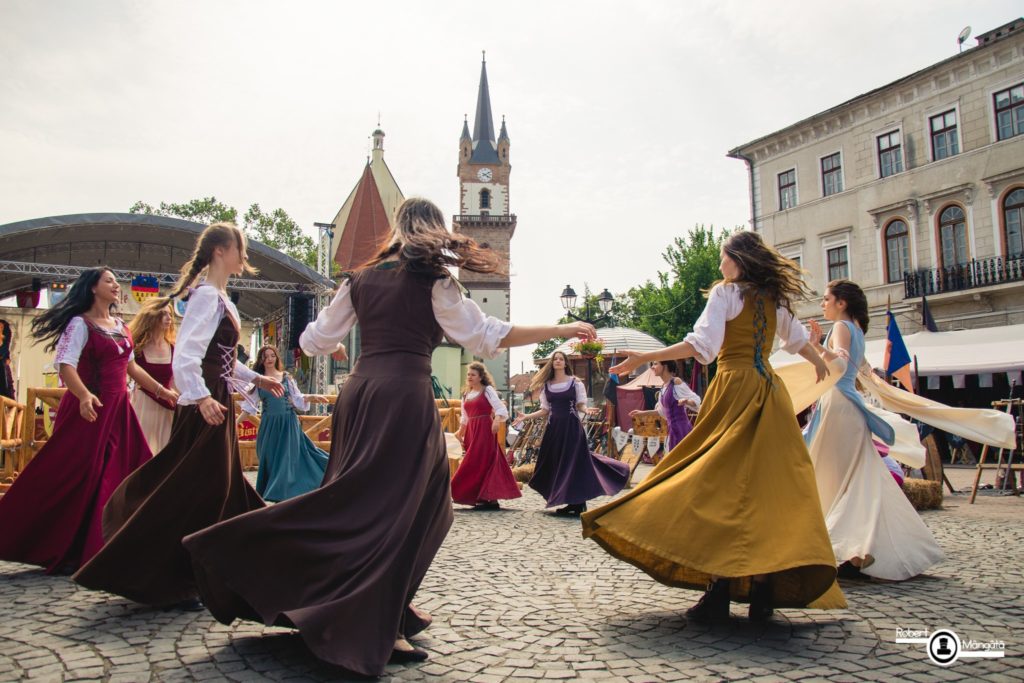
The fifth element from the bottom of the spiritual hierarchy is silver. This is the stage a character reaches when they have enough spiritual energy to begin to shine. A person enters the realm of silver once they start to value non-physical treasures. In doing so, they make it possible for people to co-operate on a level above that of the family.
The lustrous nature of silver is what gives it its greater value. Like copper, silver has also been used as a currency for thousands of years, only silver was more desired, and therefore more valuable. Silver is rare and valuable enough that the presence of it can change the energy of an environment. This is true both physically and metaphysically.
A character will begin to enter the realm of silver once they come to appreciate the limitations of the realm of copper. Usually this occurs once they start losing interest in the opposite gender, at least in the sense of starting a family with them. Once they move past that and start thinking about groups of families, they move into the realm of silver. It is characters of silver who hold villages and towns together.
Note that a character of silver loses interest in the opposite gender because they transcend them, not because they start to dislike them. Hating the opposite gender marks one out as belonging to the baser elements. A character of silver is the sort of character who starts to prefer reading books to courtship and romance. As such, getting laid loses relative importance.
In this sense, silver represents knowledge, or intellectual capital. The realm of silver is the realm of psychology. As such, it is rare. The vast majority of the world is preoccupied with surviving, or with getting money or sex, or at least having a good time. To value knowledge for its own sake is rare and precious.
The archetypal character of silver is a librarian. Surrounded by books, each one containing the accumulated wisdom of a lifetime, is where the character of silver feels most at home. The power of silver is that one book can organise a force powerful enough to resist a thousand knights. Thus, silver is higher than and more valuable than copper or iron.
To the ancients, silver represented the Moon, which itself represented the divine feminine principle. Thus, silver came to be associated with the divine feminine. The apogee of silver is in outsmarting a character of iron. The story of Odysseus outsmarting the Cyclops is an archetypal example, as is the fable of Aesop where the Sun outsmarts the wind.
One association of silver and of the Moon is of coldness. The realm of silver is for hard-headed logical thinkers. It’s for those who can trap their chess opponents with sophisticated strategems. In the biological world, the element of silver is best represented by the spider, who spins a silvery web that entraps those of lesser intelligence.
This alchemical representation is from where we get the expression ‘silver-tongued’. This refers to someone with intelligence but no higher spiritual sense. To be silver-tongued is to be able to speak eloquently and persuasively, without necessarily being inspired by any deeper spiritual sense. Many would describe a character of silver as ‘glib’.
The archetypal occupation of a character of silver is a lawyer. A classic modern representation is Al Pacino’s character in The Devil’s Apprentice. Other examples of characters of silver in fiction are Faust‘s Mephistopheles, Loki in the Norse Pantheon or Shakespeare’s Shylock.
Another typical occupation is politician or merchant. The distinctive characteristic of a character of silver is that they do not need physical wealth because they can extract it from other people at any time. Any real character of silver ought to be able to turn up in a new town and weasel his way into the local power structure.
This reveals the dark side of the characters of silver. They have their own conceit, known as the Conceit of Silver, which is the act of mistaking one’s metaphysical capacity for one’s moral capacity (this is shared with characters of mercury, only the latter suffer from it to a lesser extent). Thus, they come to believe that their intellectual aggression or wealth gives them the right to rule over other people.
The reality is that neither knowing a great deal of information nor having a great deal of money confers any righteousness. Neither have any real value if not guided by a refined moral sense. Characters of silver do not inherently understand this, and those that do are on their way towards entering the realm of mercury.
A character of silver might have trouble conceding this point. Although they are illuminated compared to characters of copper, iron, tin and lead, they are not perfect. Characters of silver are entirely capable of being petty, vain and narcissistic, on account of that they are just close enough to perfect to mistake themselves for it.
Typical of this dark side of the characters of silver is intellectual arrogance. Being intelligent but not possessing true humility, the character of silver often has a deep-seated desire to be acknowledged as an intellectual authority. This is not usually a problem if they genuinely are an authority in the subject matter. In cases where they are not, they are capable of misleading great numbers of people, and causing awful damage.
The character of silver often resents the character of mercury, who is truly intelligent. This can lead the character of silver to try and trick the character of mercury, usually by memorising enormous amounts of information under which to bury their opponent. Characters of silver are masters of rhetoric. Although they are intelligent enough to see the truth, they don’t necessarily recognise the need to speak it.
Related to this, characters of silver are often found as cult leaders, pretending to be characters of gold. They might not be of the gold, but characters of silver are still illuminated enough to attract a considerable following from among those who recognise their higher value. Their capacity to accumulate knowledge means that they can often correctly diagnose problems – it’s just that their solutions, not coming from a moral foundation, are lacking.
Despite all this, most characters of silver are good people and all are motivated by less petty concerns than characters of copper, iron, tin and lead. Characters of silver will almost never abuse children or animals, and neither are they prone to lashing out violently or becoming drug addicts. Their flaws are easily forgiven on account of the weight of their virtues.
Generally speaking, characters of silver are held in high regard by decent people for the order they help to impose upon society. Because of their knowledge, their lives tend to be well-run, and their communities tend to be well-organised. A character of silver in your story could well be one that has a great influence on the protagonist or antagonist.
*
This article is from Viktor Hellman’s The Alchemy of Character Development, the sixth book in VJM Publishing’s Writing With Psychology series. This book will show you how to use alchemy to create deep, realistic and engaging characters for your creative fiction.
*
If you enjoyed reading this essay, you can get a compilation of the Best VJMP Essays and Articles of 2019 from Amazon for Kindle or Amazon for CreateSpace (for international readers), or TradeMe (for Kiwis). A compilation of the Best VJMP Essays and Articles of 2018 and the Best VJMP Essays and Articles of 2017 are also available.
*
If you would like to support our work in other ways, please consider subscribing to our SubscribeStar fund. Even better, buy any one of our books!



